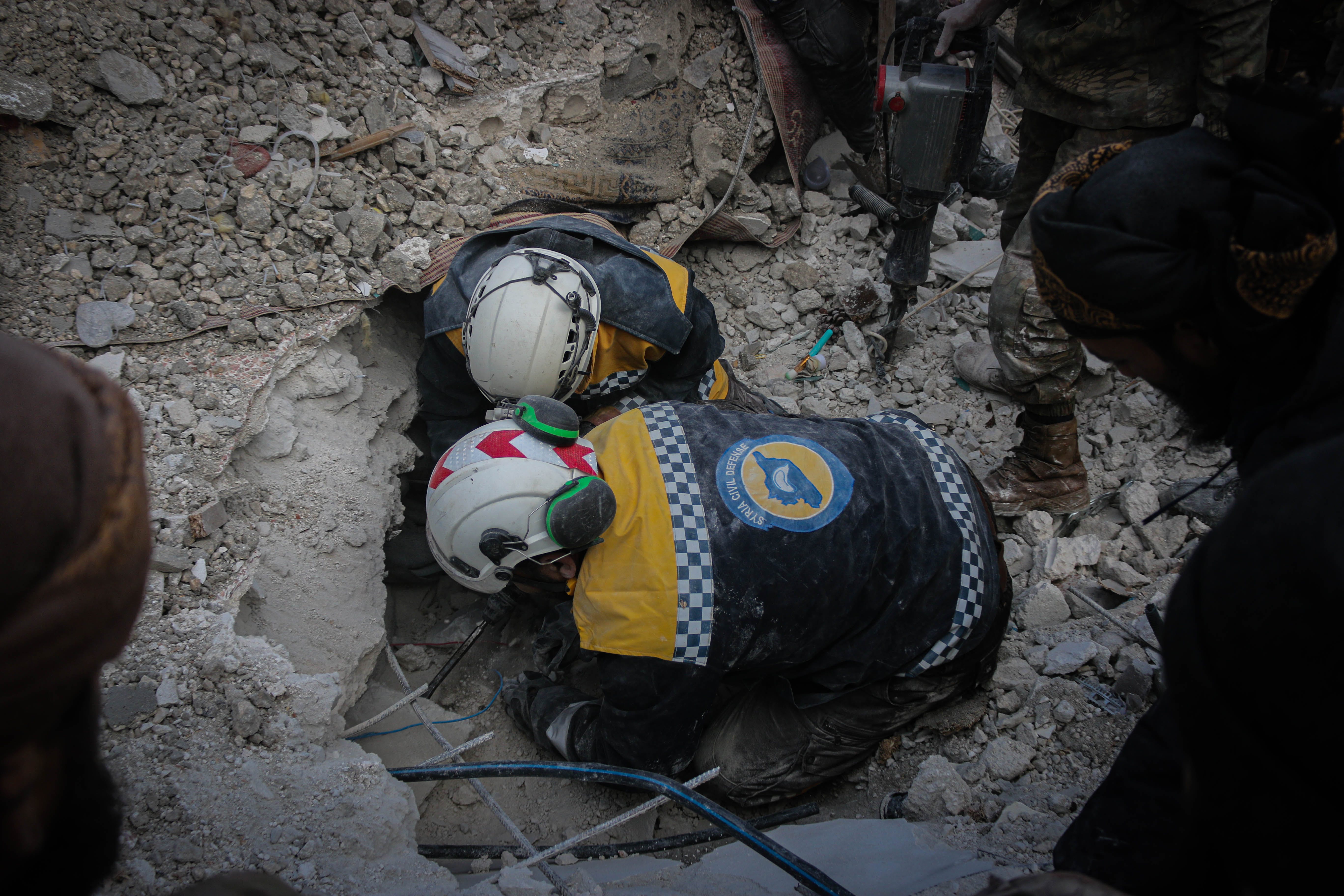Don’t migrants have rights too? This is the question that must be addressed during times of crisis when the protection of migrants seems to be an afterthought. When a humanitarian crisis happens, a state is usually pre-occupied with providing for and protecting its citizens, the established government, upholding the rule of law and perhaps maintaining its borders and territories. During crisis situations, governments may not have the capacity to protect and provide welfare assistance for their own civilians, so how much more of a challenge would it be to protect and provide for foreign nationals?
There are different types of crises which could affect migrants namely:
a) Human-mediated disasters such as armed conflict, wars, economic and financial crises,
b) Environmental disasters such as earthquakes, mass flooding, storms, volcanic eruptions, and
c) Outbreaks of infectious diseases.
In order to effectively protect migrants when these types of crises occur, responsible and timely action and cooperation between multiple actors such as the governments in countries of origin, countries of destination and transit countries, the private sector, labour unions and civil society such as faith-based organisations and diaspora is a must. This is because migrants that are affected during times of crisis come in different profiles such as by being of different nationalities or having dual citizenship living in other countries (including their families), overseas workers or contract workers abroad, seafarers, international students, refugees, internally displaced persons, asylum seekers, and other migrants regardless of their migration status living in countries other than their country of birth and/or citizenship.
The latest data indicates that the number of international migrants in the world is 272 million or 3.5% of the global population (1 in every 30 people) and this figure is increasing each year according to the International Organisation for Migration’s (IOM) latest World Migration Report (2020) . Although it is estimated that the majority of people (96.5%) are still residing in the place that they were born, a catastrophic event such as a conflict, an economic crisis or severe instability may cause migrant figures to grow. As of today, this group of 272 million migrants has become vulnerable due to the outbreak of the COVID-19 outbreak which has become a global pandemic as declared by the World Health Organisation (WHO) earlier this month. This has prompted many governments to try to safely evacuate and repatriate its nationals back home through chartered flights and other travel means. However, there has been some criticism on how countries have returned these migrants and how ill-prepared the international community was in dealing with the pandemic. Countries have now imposed strict travel bans on their citizens, limited trade, instigated mandatory city- or nation-wide quarantines, barred non-residents from entering the country and are considering or instituting draconian-style lockdowns to prevent the spread of the virus. Once again, the spotlight will be cast on how countries will manage international migration during this time of crisis.
The lives of migrants have been severely affected by the ongoing pandemic. In particular, refugees and asylum seekers that are living in camps are staying in a high-risk environment for COVID-19 transmission. Earlier this month, Greece became the first country to quarantine a refugee camp with 20 of its inhabitants testing positive for the disease. According to the EU Observer, half of roughly 600 people in a refugee camp in Germany have been tested as COVID-19 positive yet still share facilities. There are 70.8 million forcibly displaced people in the world according to the UNHCR and of the 100 countries that have cases of COVID-19, 34 have refugee populations of over 20,000. People living in these enclosed spaces need to have better access to basic necessities such as water, sanitation and hygiene facilities as well as healthcare services.
The pandemic has also caused the loss of employment and income for many temporary migrant workers as well as for international students that have part-time jobs that help sustain some of their livelihood needs while they study abroad. Many families of overseas workers depend on remittances for livelihood and the sudden loss of income will spillover and place them in a vulnerable situation. This vulnerability, loss of employment, and limited access to healthcare and basic necessities will also impact the mental health of a migrant. There is pressure from host communities for migrants to return home, which may leave stigmatization and discrimination towards them both within and between states. Moreover, many migrants cannot afford to return home because of the lack of financial resources, and for those that do it will put themselves and their families at risk of getting the virus.

Photo by @evgenit on Unsplash
Therefore, I believe it is high time for governments to examine their migration protection policies and have proper contingency plans before, during and after a migration crisis as well as for international bodies to offer more support on the advocacy of migrant’s rights during times of crisis.
A crisis management plan for migrants needs to be in place or re-evaluated now before implementation or further operationalised. One key document which could be a benchmark to examine plans would have to be the Migration Crisis Operations Manual and Assessment Workbook – this workbook was derived from a project where the Philippine government in cooperation with the IOM embarked on creating a tool to train future migration crisis managers and the diplomatic corps. This tool, later on, became mandatory for all diplomatic staff before being posted abroad. According to the manual, in order to properly address a crisis, it is important for countries to deal with it at its three phases which are the following:
- Pre-crisis planning before a threat is recognised (where contingency plans are created and agreements made with other countries even when there is no present crisis or situations of armed conflict, natural disasters and calamities, and the outbreak of infectious diseases);
- During the crisis (providing appropriate responses to the crises, the implementation of contingency plans, and negotiating with other actors on how to your nationals abroad); and
- Post-crisis (to reduce vulnerability and insecurity of affected populations by proper reintegration, psychosocial support, and social protection and recovery strategies including livelihood support for returnees).
When there is a crisis caused by armed conflict, economic crises or pandemic such as the present COVID-19, then many lives of migrants and consequently the lives of their families are affected and even disrupted. Insecurity is caused by the loss of employment and income (remittance), cessation of school, and the difficulty to access basic necessities – the combination of these leads to an uncertain future for migrants. While the argument exists that perhaps it would be best to have these migrants return home instead of living abroad where they aren’t citizens and are not prioritised by their host governments, it is important to remember the different push and pull factors of migration and if the migrants believe that it is safer or possibly better for them to stay abroad rather than go back home. For many, these are life-changing decisions.
We are living in an unprecedented time, where it is safer to stay at home and practice social distancing to prevent the spread of the pandemic. Those in positions of influence should use this time in self-isolation to think about the affected population and vulnerable groups such as migrants that cannot afford to not have jobs, cannot afford to get sick and do not have the capacity to return home due to financial restrictions. It is a perfect time to ponder whether their rights are being upheld during times of crisis. Is it possible to uphold or justify a migrant’s right to safety, education, and livelihood while abroad? Should there be a review of current national policies? What about reviewing or adopting international frameworks such as the Global Compact for Migration (GCM) that protects the safety, dignity, human rights and fundamental freedoms of all migrants, at all times? In order to protect this vulnerable group of people, governments must not discriminate and ensure equal treatment for all, regardless of their migration status. Don’t migrants have rights too?
Author’s Note: This blog was inspired by my time working in IOM Philippines and the Crisis Management (CMAN) project where I worked closely with migration experts from the Philippine government, civil society, academia, private sector, and IOM.






